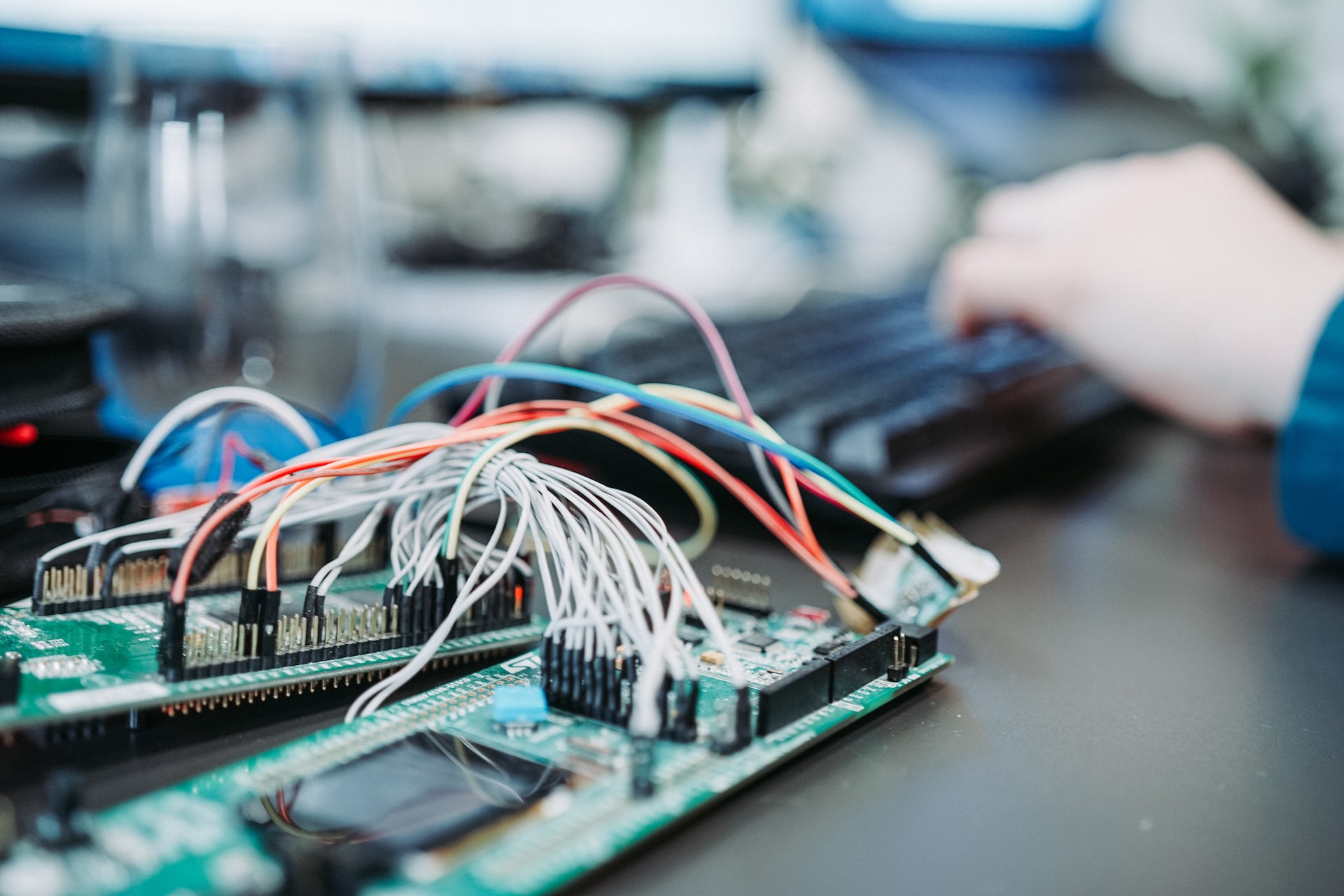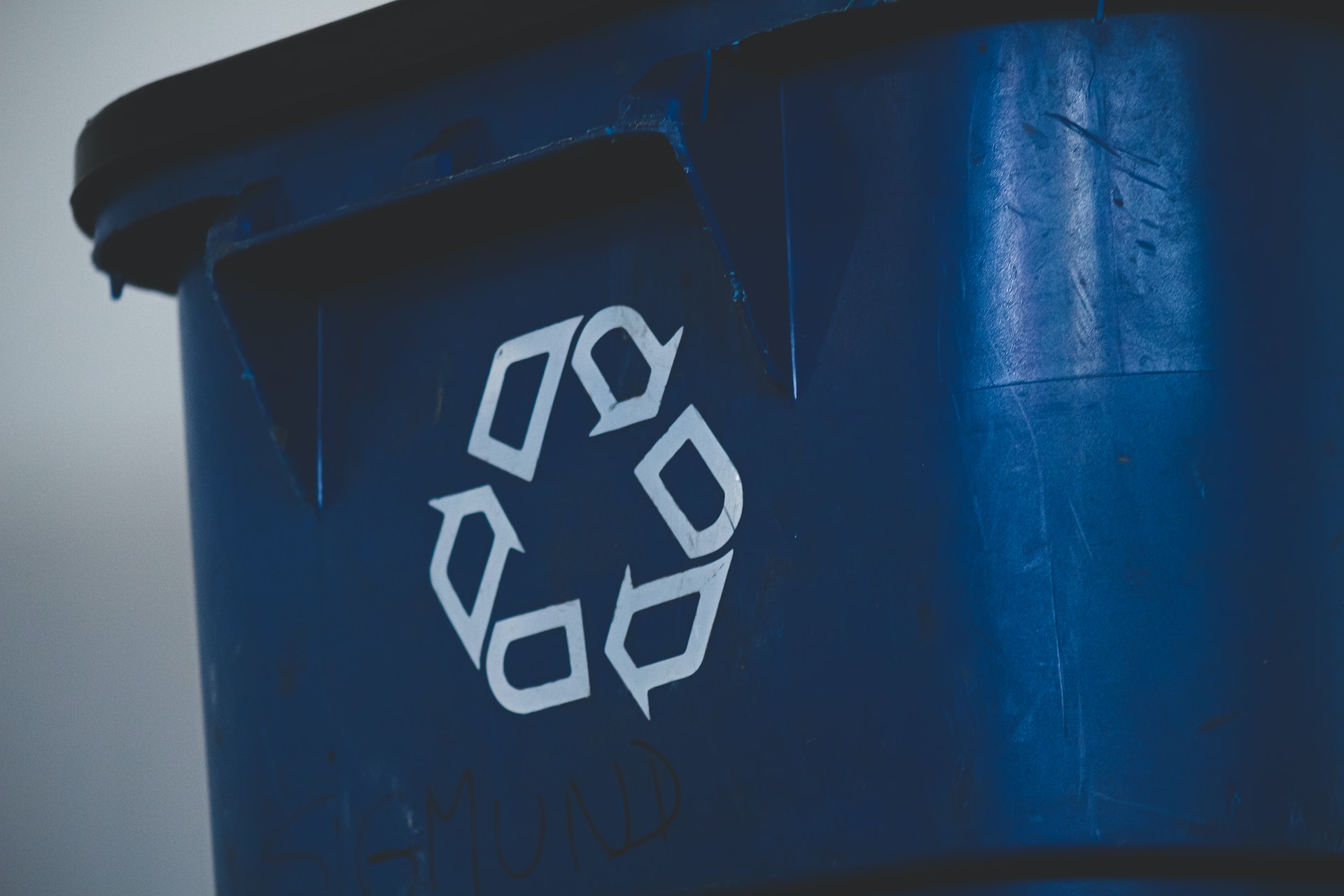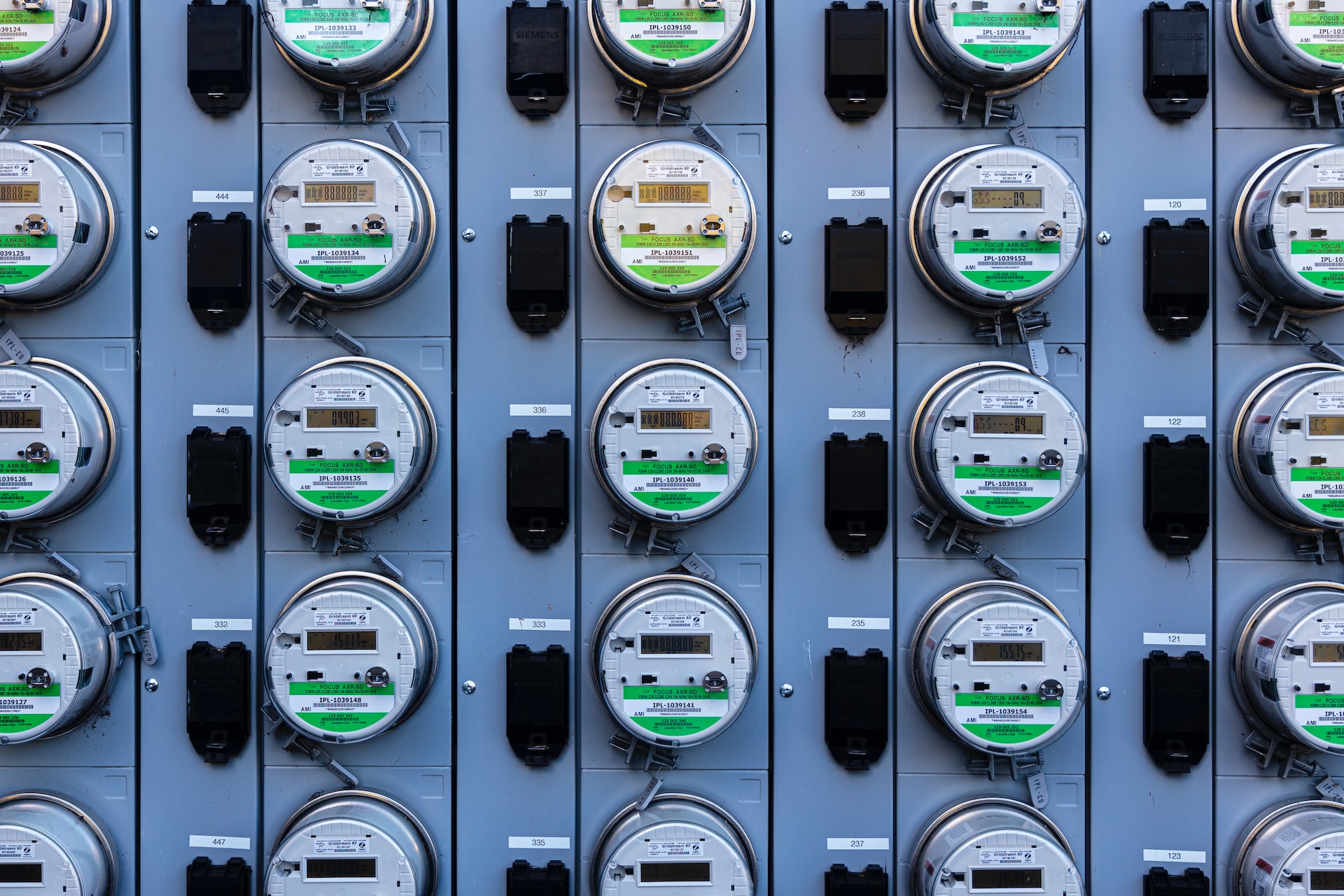The term Internet of Things (IoT) refers to a phenomenon where an increasing number of IoT devices, such as smart speakers, refrigerators, sensors, and industrial manufacturing equipment, are connected to the internet. These networked, intelligent gadgets play a big role in allowing automation across industries. Companies deploying IoT technologies in industrial automation can get various advantages, including:
- Boosting productivity
- Improving operations
- Addressing issues
Additionally, IoT effectively uses resources and positively affects the environment. In this blog, we’ll review the IoT’s impact on sustainability and resource conservation, especially considering how urgent environmental challenges are becoming.
How to Employ IoT Technologies to Reach a Greener Future
The IoT is a concept that describes a system where objects can connect via the internet, enabling them to exchange data and perform actions. The most common example is a smart home with intelligent devices such as thermostats, security cameras, lights, and much more. They can be controlled from one central location through an app on a phone.
 Thanks to IoT, modern consumers can use smart devices to browse the internet and get the desired information without opening a website from laptops or smartphones. For example, smart speakers, watches, or TVs allow for shopping, provided the website supports these screens.
Thanks to IoT, modern consumers can use smart devices to browse the internet and get the desired information without opening a website from laptops or smartphones. For example, smart speakers, watches, or TVs allow for shopping, provided the website supports these screens.
That’s where the concept of headless commerce appeared. Online store owners can use a headless CMS to connect new devices to their websites and provide a seamless shopping experience. Let’s look at how IoT can help achieve ecological sustainability.
1. Smart Waste Management
Waste management is expensive, ineffective, and can result in traffic congestion. Cars may drive around factories or cities, checking trash cans or containers with waste. But what if a container could notify the system about the need to take action to eliminate useless activities?
IoT provides the ability to track how full trash cans are at any moment. Smart waste management solutions analyze the situation and send that information to waste management providers. Therefore, they can ease some of the problems that may arise from this and provide optimal waste pickup routes.
 Smart waste management can help save time, resources, and money and reduce traffic build-up. Utilize the capabilities of your sensors and make data accessible in a cloud setting. Display this data in a monitoring dashboard and notify the garbage collector when the container reaches a certain level.
Smart waste management can help save time, resources, and money and reduce traffic build-up. Utilize the capabilities of your sensors and make data accessible in a cloud setting. Display this data in a monitoring dashboard and notify the garbage collector when the container reaches a certain level.
The ability to detect container fill levels also contributes to the wise use of raw materials. For instance, the logistics team can coordinate supply and production to lessen overstocking of inventory and waste. The data collected from trash cans can help monitor air quality or even detect hazardous materials at landfills via chemical sensors.
Some intelligent trash cans, such as the EvoEco, can inform users about the ability to compose or recycle certain waste materials. They can also display messages outlining how much money an organization can save by recycling.
2. Correct Energy Usage
The energy industry is one of the major contributors to climate change. That’s why many companies look for solutions to lessen their carbon footprint and prevent energy wastage. State organizations and the commercial sector plan to deploy energy management systems using current IoT platform integration trends, including, but not limited to:
- Smart home and smart building energy management
- Smart grid devices
- Efficient use of indoor and outdoor appliances
- Asset tracking in logistics
- Smart industrial motors
 To accomplish objectives like carbon neutrality without compromising comfort or quality of life, IoT can assist us in managing and maintaining the correct energy usage. Sensors can monitor raw material and energy usage and inform users when there is waste. A few examples of greener solutions include:
To accomplish objectives like carbon neutrality without compromising comfort or quality of life, IoT can assist us in managing and maintaining the correct energy usage. Sensors can monitor raw material and energy usage and inform users when there is waste. A few examples of greener solutions include:
- Homes that use less energy by monitoring appliance usage with remote energy controls, real-time reporting, and low-cost circuit-level electricity analysis.
- Thermostats that learn users’ preferred temperatures and create schedules based on those settings.
- Smart utility meters that gather, store, and transfer data to smartphones to control energy and water consumption.
- Smart lighting, demand-driven heating, cooling systems, and more.
3. Monitoring Air Quality
A house or office building’s air is filled with dust, dirt, and cleaning chemicals. They can harm our health and the condition of any living creature exposed to these particles. Intelligent air quality monitors can detect these things and alert users about pollution. By using an indicator light or sending push alerts to your smartphones, indoor air quality (IAQ) monitoring can warn of harmful pollutant levels.
 IoT sensing technologies can increase indoor air quality and natural ventilation while reducing energy use and lengthening life expectancy. The system can track data on air quality and run cloud-based computations in real-time to concurrently assess and control environmental air quality. The following are some advantages of this sensor-based technology:
IoT sensing technologies can increase indoor air quality and natural ventilation while reducing energy use and lengthening life expectancy. The system can track data on air quality and run cloud-based computations in real-time to concurrently assess and control environmental air quality. The following are some advantages of this sensor-based technology:
- Thorough air monitoring for people to take measures and keep the surroundings fresh.
- Finding harmful gasses to prevent disruptions such as gas explosions, fire hazards, and others.
- The measurement of temperature and humidity to maintain ideal room conditions and maximize employee efficiency.
- Improved environmental conditions due to increased coverage, greater flexibility, and better air quality.
- Creating a positive impact on human health by removing unwanted air particles.
- Meeting air quality standards set by the World Health Organization (WHO), Environmental Protection Agency (EPA), and local controlling institutions.
Conclusion
The number of intelligent, interconnected devices is multiplying. The global economy can gain $14.2 trillion by 2030 due to the industrial internet of things (IIoT), with the number of active IoT devices surpassing 25.4 billion. As a result, we can expect the growth of many more original, cutting-edge, and useful sustainability projects in the future. IoT devices continue to improve and revolutionize the way we live our lives.
However, this boom is not without its challenges. The sheer number of IoT devices looking to connect to the internet presents a serious threat in terms of security. Hackers are becoming increasingly more innovative at finding vulnerabilities in newly introduced products and exploiting them for malicious purposes.
The good news is that many new technologies and initiatives can address these challenges, and their number also increases. These developments, therefore, will help accelerate the growth of a truly smart IoT environment.




